Shanghai’s MMR Studio is inspired by industrial processes and materials
Chinese designer Zhang Zhongyu of MMR Studio is inspired by industrial processes to create furniture and objects
Neil Godwin - Photography
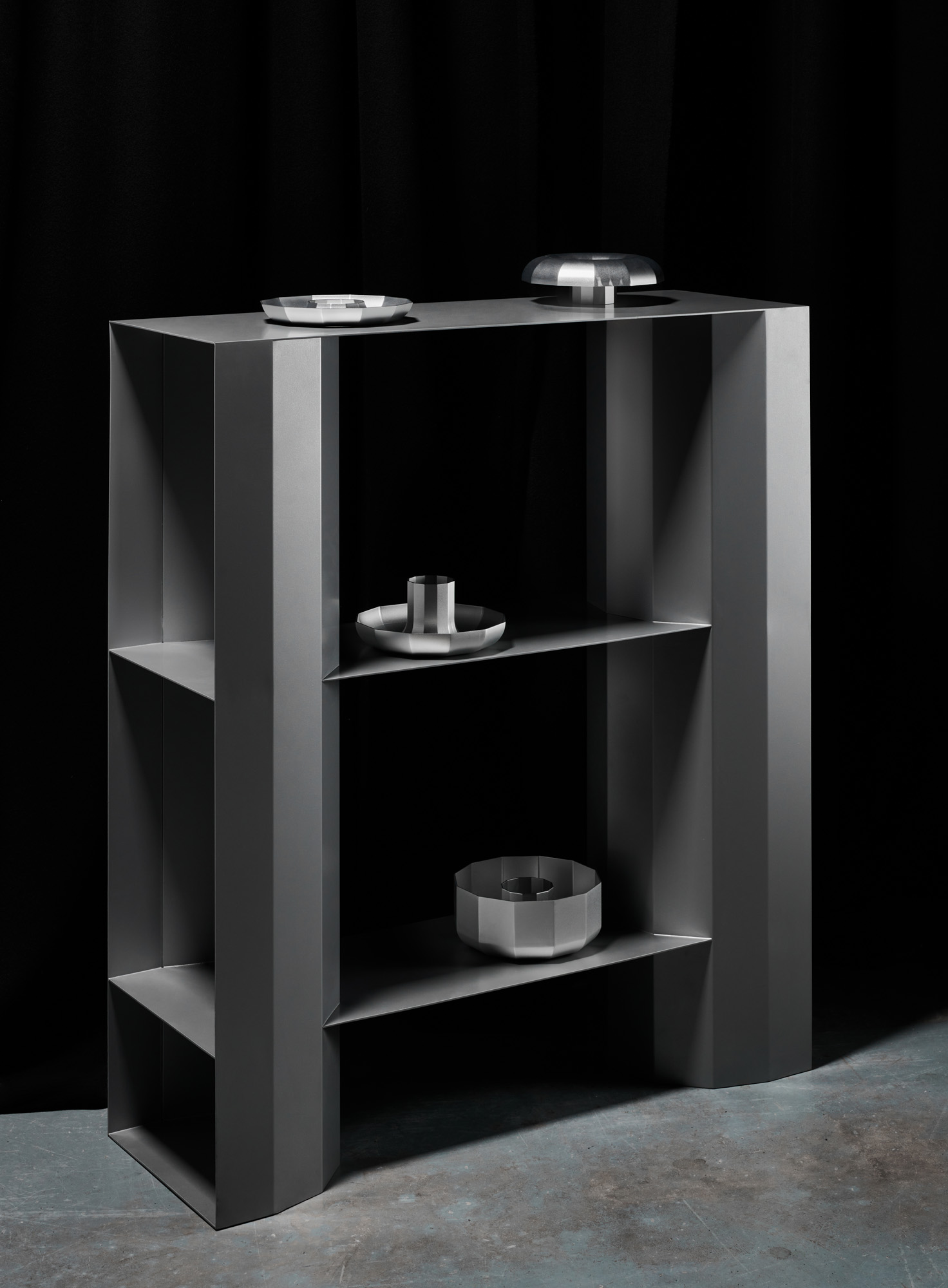
Shanghai-based designer Zhang Zhongyu believes that by studying cultural nuances as towns develop, a designer will discover the texture and emotion that flow within the ordinary. Her research-based design approach combines the qualities of different materials to generate new objects that can be integrated into everyday settings to enrich our daily routines.
A graduate of the Royal College of Art, where she gained a major in Product Design in 2018, she worked for several years for local furniture manufacturers on her return to China before establishing her own practice in Shanghai at the end of 2021. Naming it MMR, which stands for Materials, Modality and Routine, Zhang says, ‘I treat materials as a kind of grammar; they reveal variations in different modalities and daily life. Throughout my journey of creation, I've realised that I need to deal with all sorts of information and a designer’s job is to figure out the relationship between them and make the most applicable design decisions.’
Inspired by the book ‘Basic Forms’ by German artist Bernd & Hilla Becher, her Slice System series takes the idea of the metal ventilation ducts that are widely employed in urban structures to fashion into furniture pieces that are versatile in dynamic, metropolitan environments. It is Zhang’s aim to create simple and intuitive designs with the clear aim of minimising the visual noise in daily life.
A post shared by MMR STUDIO (@mmrstudio_)
A photo posted by on
Every year, Chinese gourd growers discard a large number of 'defects' – produce that did not grow to human-perceived perfection. In the Ipū series, Zhang searches for a new way to celebrate the so-called fault. The adapted gourds are connected by weaving rattan to create a system of cylindrical sculptures which are finished with a wood preservative procedure that gives them a leather-like texture and allows the colour to evolve over time. ‘A design system is like a collection of fonts that contain different characters and rules,’ she says. It allows her series an infinite number of possibilities because new pieces can always be drawn from the designed systems.
A post shared by MMR STUDIO (@mmrstudio_)
A photo posted by on
Modern Shanghai's diversity of people, art and design all contribute to Zhang's creative exploration, yet she chose to settle on the outskirts of the city. A native of Inner Mongolia, she says, ‘I want to be close to nature, and by staying away from downtown Shanghai I can enjoy the city's offerings while maintaining an objective perspective of an outsider to study and reflect on the inspiration I have acquired from the city.'
MMR works with a wide range of materials and crafts and Zhang is continually on the lookout for shops that are suitable for each project. She travels extensively across China; when making ceramics, she was stationed in Jingdezhen for months, and in Wuxi when working with rattan and gourds. Recently, she has been collaborating with the inheritors of the wet felting craft in her hometown to create a hillock-shaped sofa from local wool.
Receive our daily digest of inspiration, escapism and design stories from around the world direct to your inbox.
A version of this story appears in the April 2023 Global Interiors issue of Wallpaper*, available now in print, on the Wallpaper* app on Apple iOS, and to subscribers of Apple News +. Subscribe to Wallpaper* today
Yoko Choy is the China editor at Wallpaper* magazine, where she has contributed for over a decade. Her work has also been featured in numerous Chinese and international publications. As a creative and communications consultant, Yoko has worked with renowned institutions such as Art Basel and Beijing Design Week, as well as brands such as Hermès and Assouline. With dual bases in Hong Kong and Amsterdam, Yoko is an active participant in design awards judging panels and conferences, where she shares her mission of promoting cross-cultural exchange and translating insights from both the Eastern and Western worlds into a common creative language. Yoko is currently working on several exciting projects, including a sustainable lifestyle concept and a book on Chinese contemporary design.
-
 Philippe Weisbecker, on drawing the essence of things and his architectural world
Philippe Weisbecker, on drawing the essence of things and his architectural world'Architectures', an exhibition of Philippe Weisbecker’s minimalist architectural drawings, opens at Galerie Yvon Lambert in Paris
-
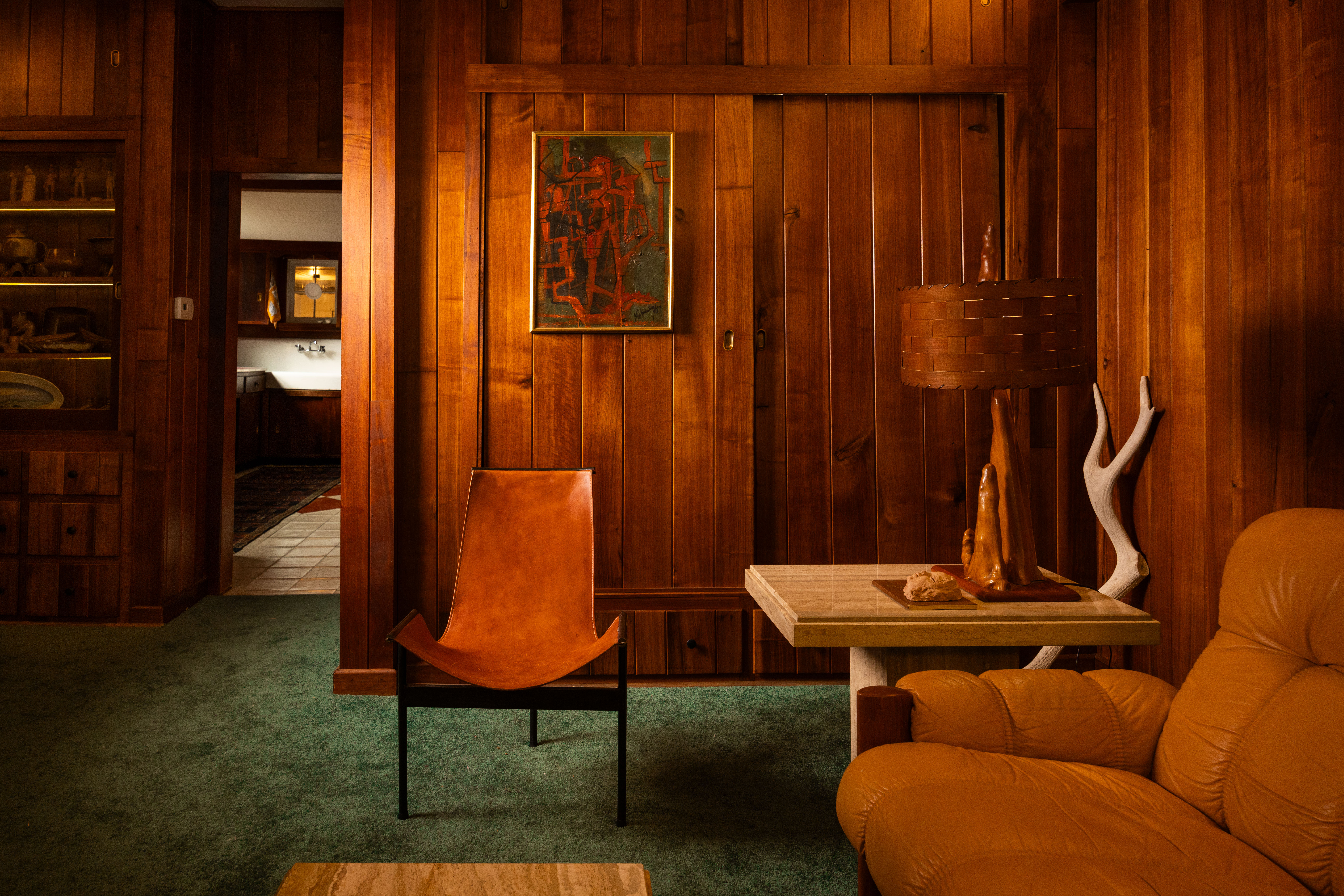 This ‘anti-trend’ Wisconsin lake cabin is full of thrifted treasures – and you book a stay
This ‘anti-trend’ Wisconsin lake cabin is full of thrifted treasures – and you book a stayThis historic cabin on Lake Wandawega, preserved and restored by the team behind Camp Wandawega, embraces a salvage-driven approach that celebrates genuine history over polished style
-
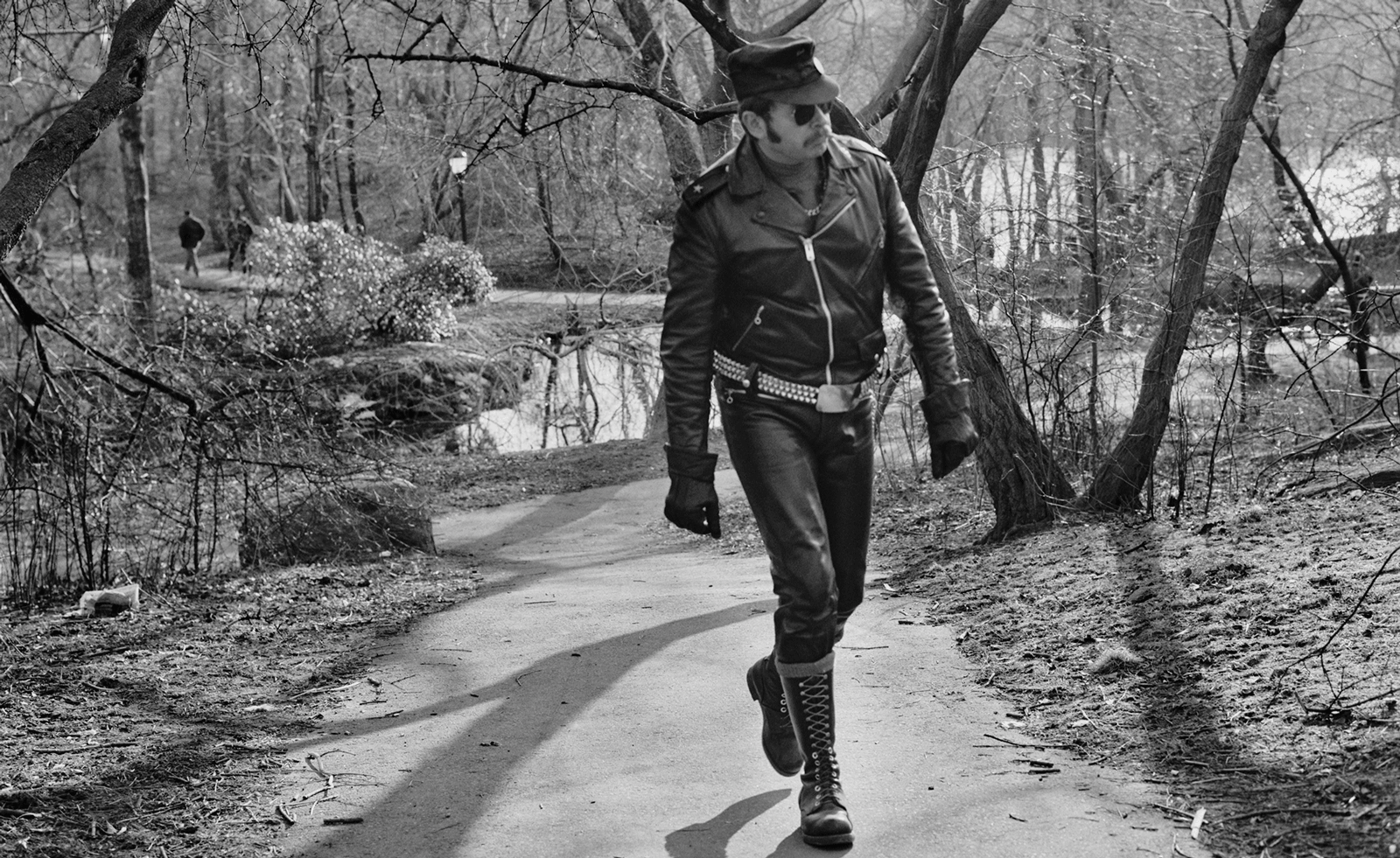 Arthur Tress’ photographs taken in The Ramble are a key part of New York’s queer history
Arthur Tress’ photographs taken in The Ramble are a key part of New York’s queer historyThe images, which captured gay men, like Tress himself, cruising around the Central Park woodland in 1969, are the subject of a new book
-
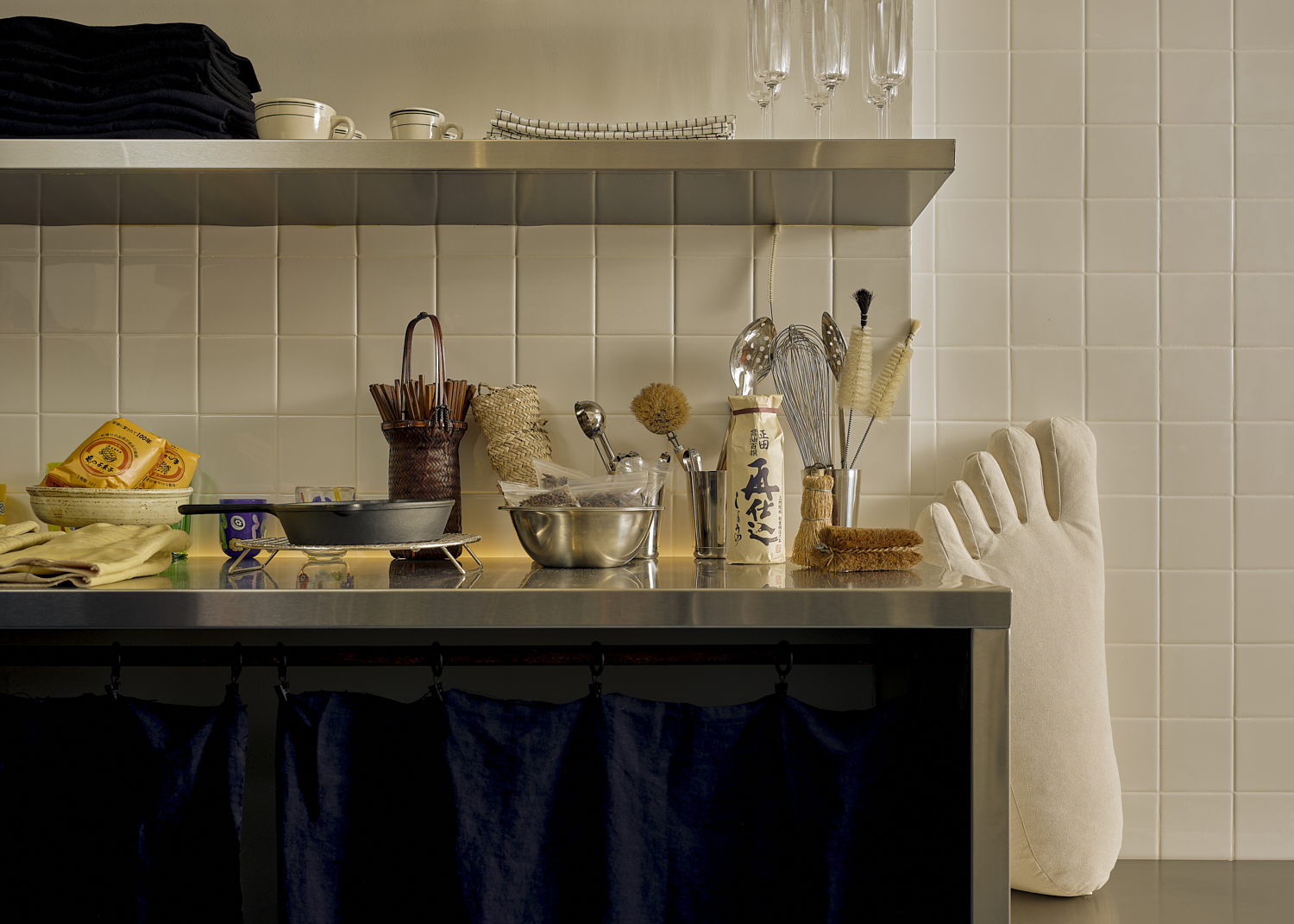 Homeware and design store Beverly’s puts down roots in New York’s Chinatown
Homeware and design store Beverly’s puts down roots in New York’s ChinatownBeverly’s was founded by Beverly Nguyen as a retail destination focused on community by supporting small business owners, creatives and craftspeople
-
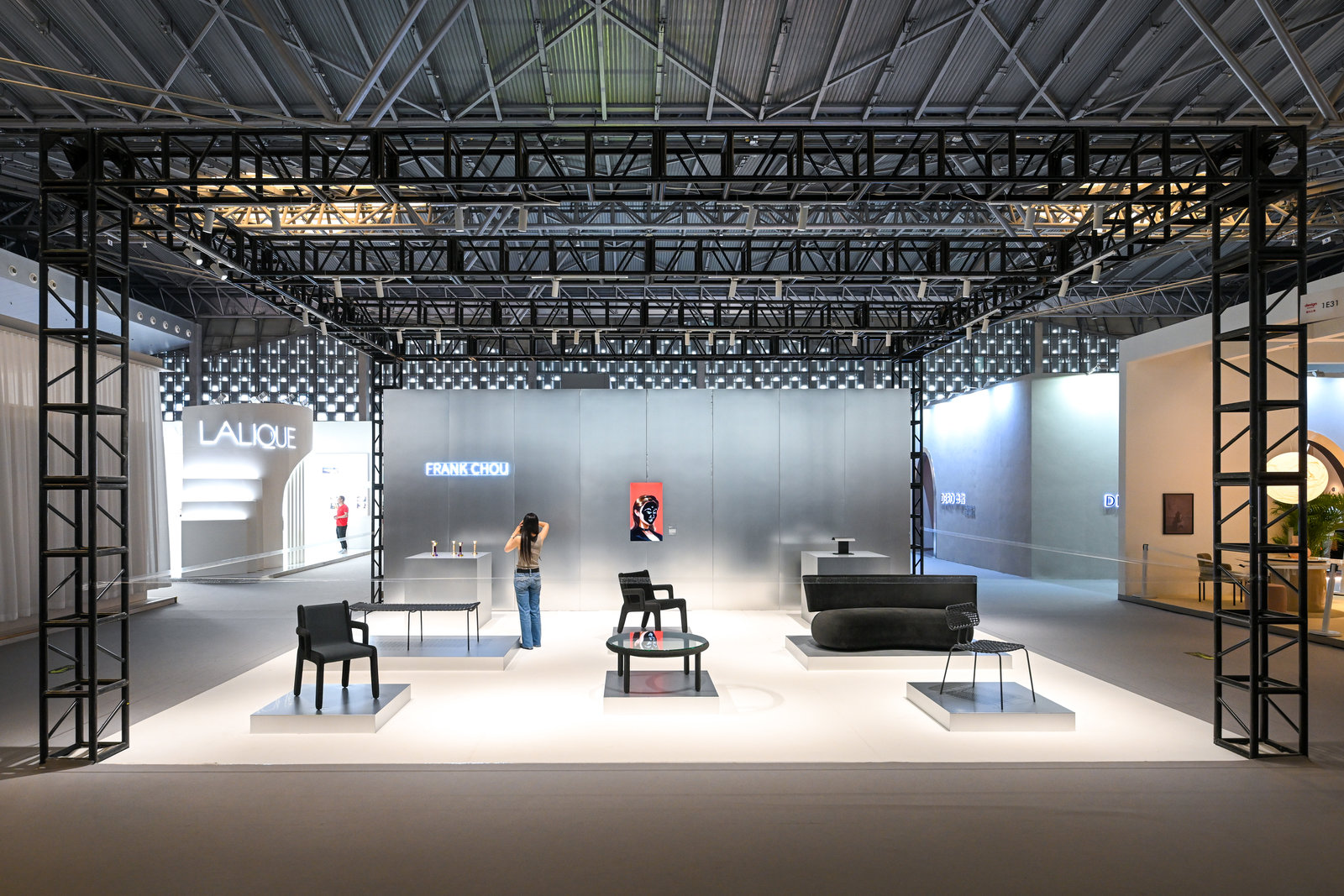 Highlights from Design Shanghai 2023: ‘Now is the golden age of Chinese design’
Highlights from Design Shanghai 2023: ‘Now is the golden age of Chinese design’Our Design Shanghai 2023 highlights, from leading Chinese designers and brands to emerging creatives
-
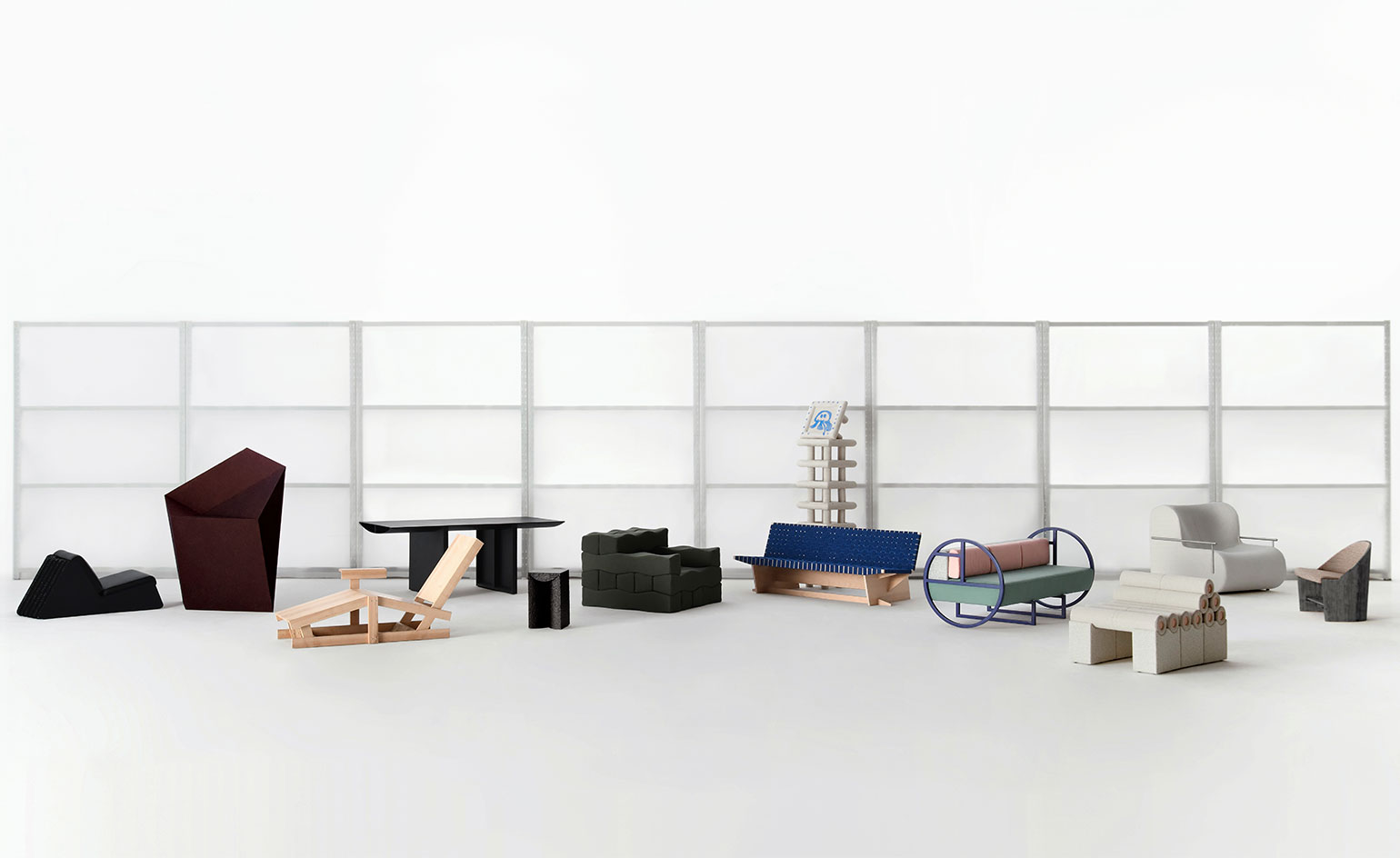 China’s Designew platform explores the design of errors
China’s Designew platform explores the design of errorsThis collection of furniture and objects is the result of a new collaborative project led by designer Mario Tsai, exploring how mistakes can positively impact the creative process
-
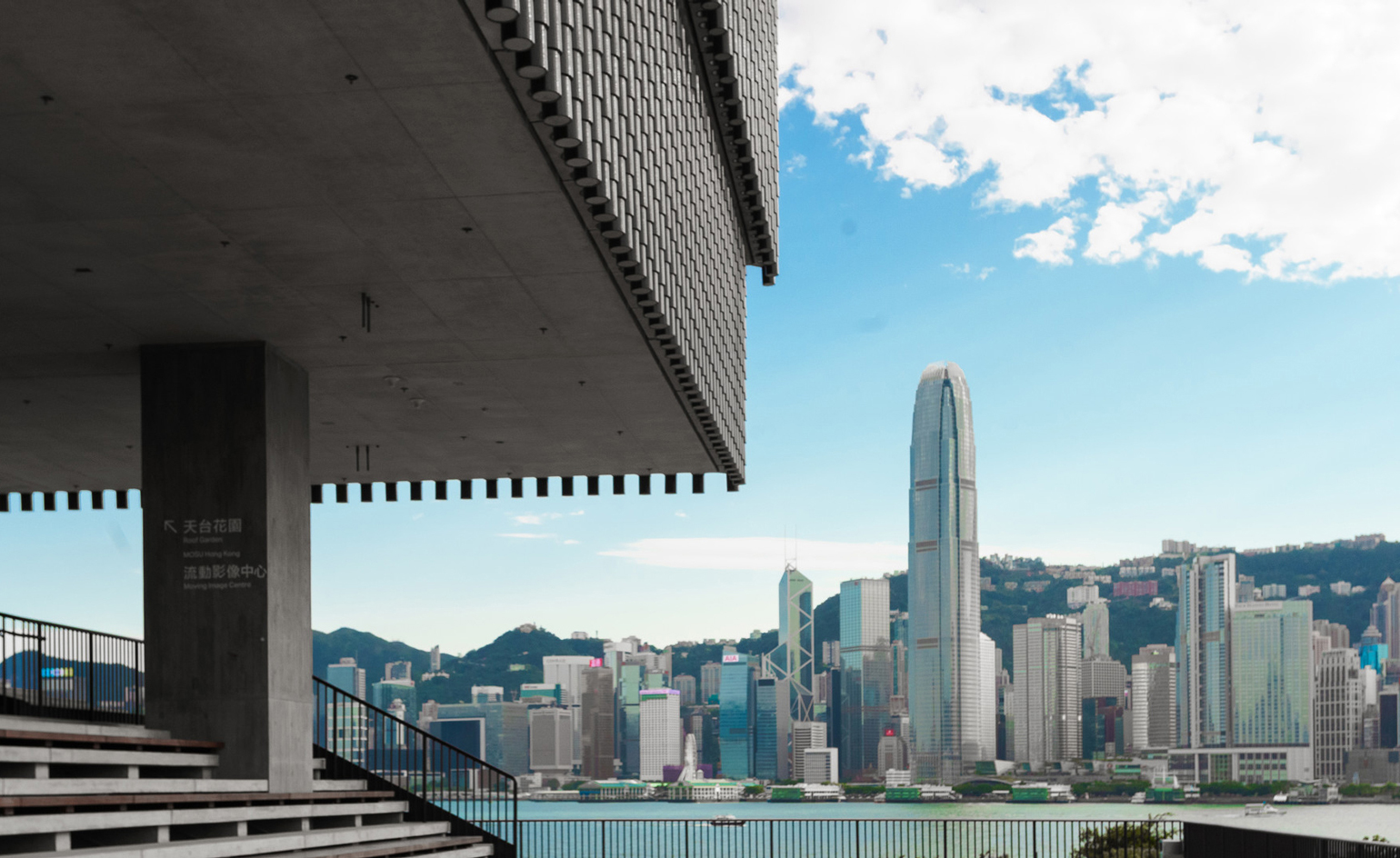 Hong Kong art scene expands its reach
Hong Kong art scene expands its reachBeyond fairs, museums and galleries, Hong Kong’s burgeoning art scene is influencing its bars, restaurants and hotels
-
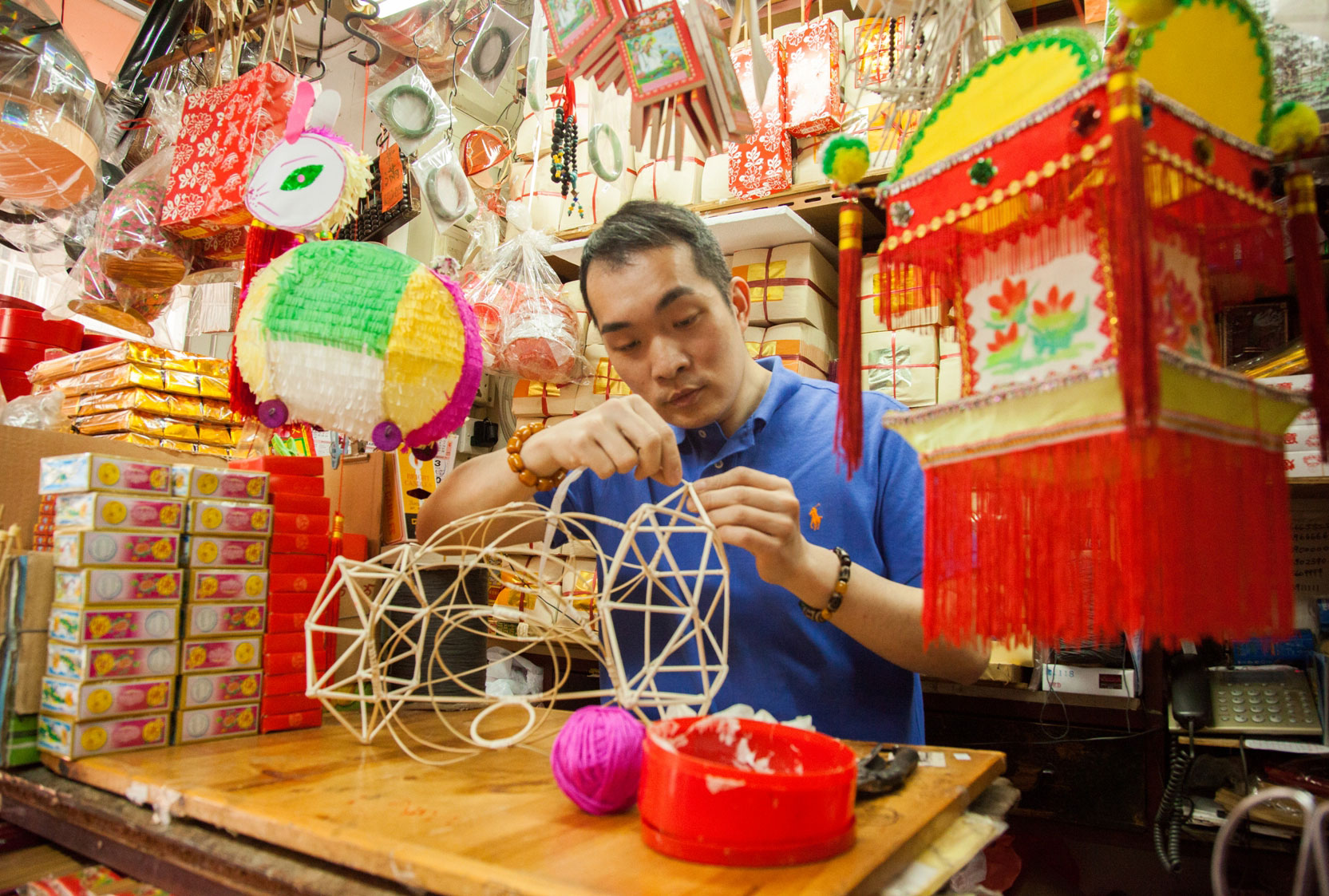 Four Hong Kong crafts embracing the future
Four Hong Kong crafts embracing the futureHong Kong has a rich craft tradition. Meet four artisans preserving historic crafts and updating them for the 21st century in unexpected ways
-
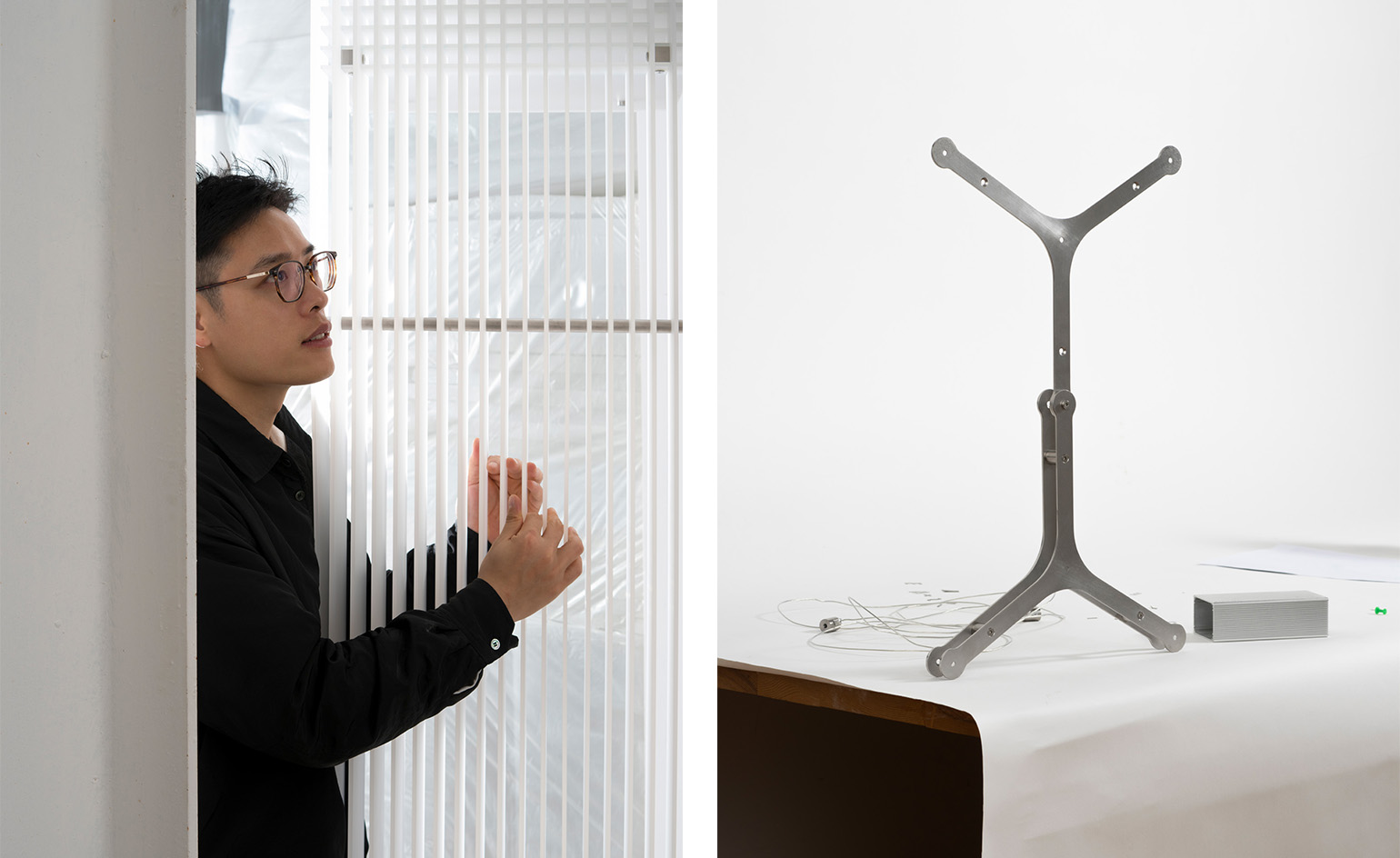 The pared-back designs of Mario Tsai
The pared-back designs of Mario TsaiMario Tsai – named by Nendo’s Oki Sato as a creative leader of the future for Wallpaper’s 25th Anniversary Issue ‘5x5’ project – talks about his experience working as a designer and entrepreneur in China, at the cusp of innovation and tradition
-
 World View: Letter from Hong Kong
World View: Letter from Hong KongThe World View series shines light on the creativity and resilience of designers around the world as they confront the challenges wrought by the Covid-19 pandemic. Working with contributors around the world, we reach out to creative talents to ponder the power of design in difficult times and share messages of hope. In Hong Kong, design leaders Michael Young, Joyce Wang, André Fu, Marisa Yiu and Adrian Cheng are turning to new approaches and philosophies for the times ahead, writes our commissioning editor TF Chan.
-
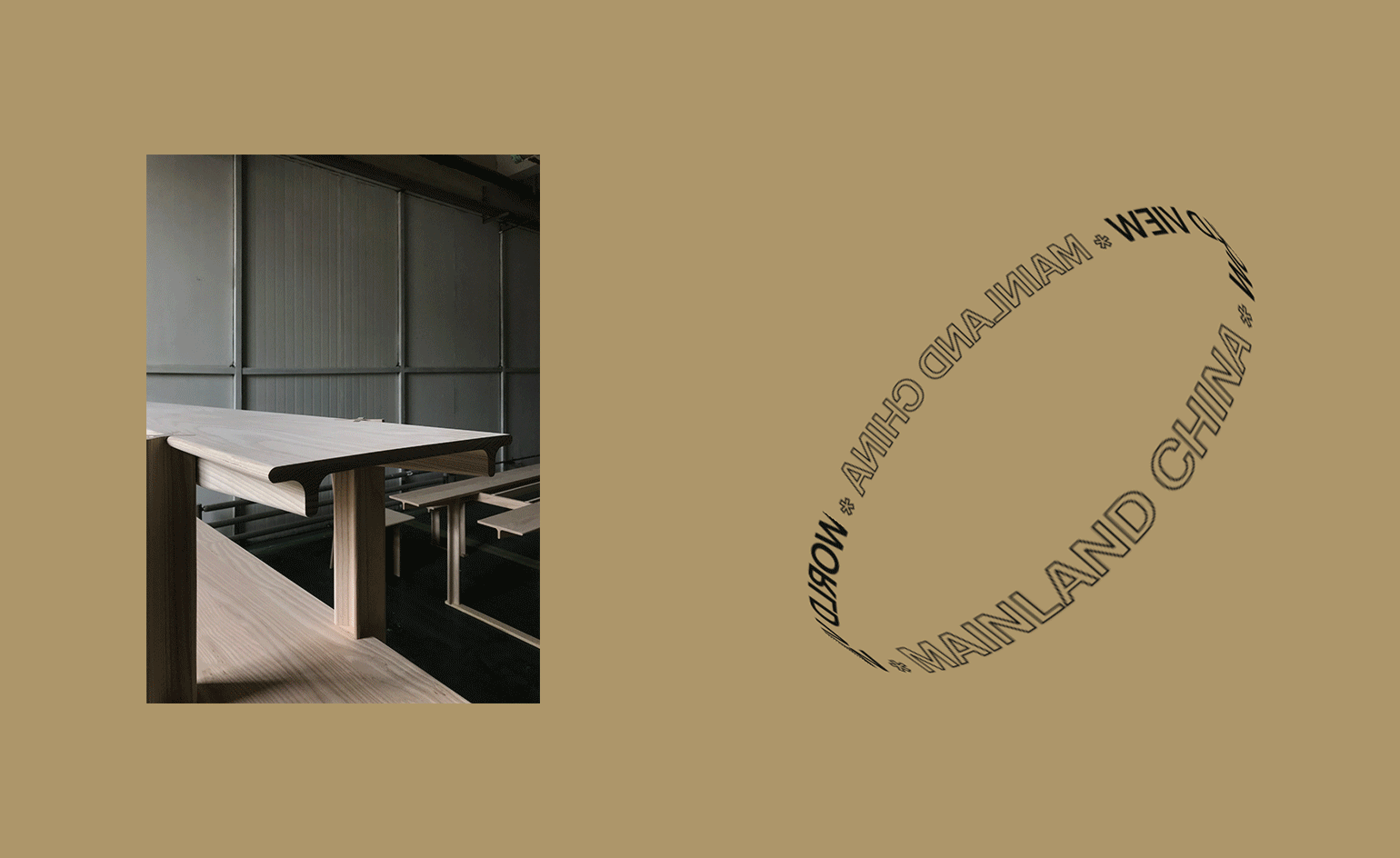 World View: Letter from Mainland China
World View: Letter from Mainland ChinaOur new series shines light on the creativity and resilience of designers around the world as they confront the challenges wrought by the Covid-19 pandemic. Working with contributing editors across eleven global territories, we reach out to creative talents to ponder the power of design in difficult times and share messages of hope. As our China editor Yoko Choy discovers across Beijing, Hangzhou and Shenzhen, small design studios and large enterprises alike are making innovative contributions to public health, and despite widespread worries, there is also cause for optimism.